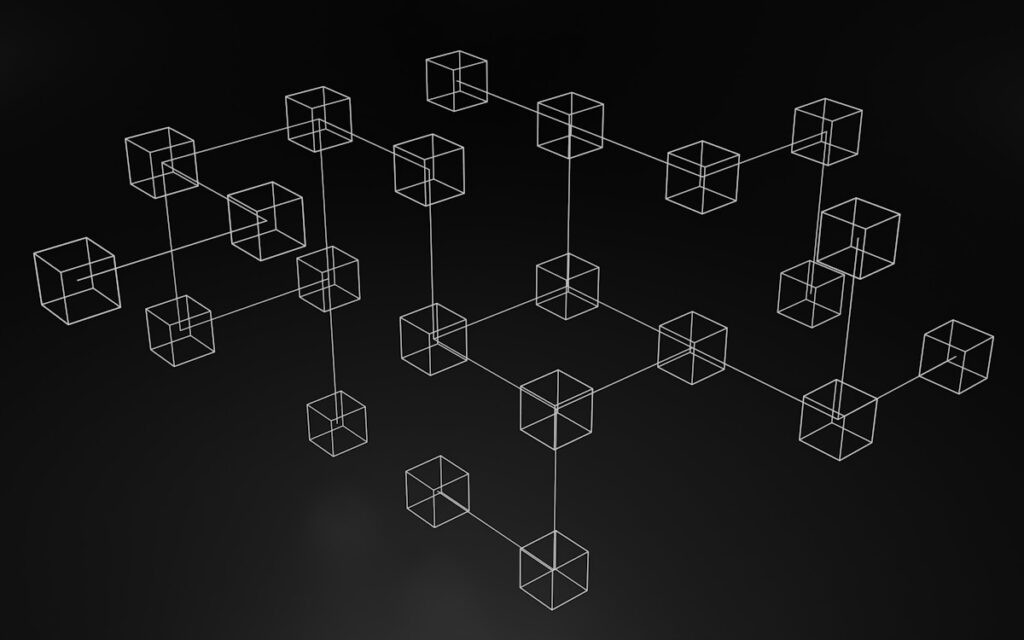
Traditional RAG excels at retrieving relevant chunks, but struggles with questions requiring multi-hop reasoning across entities and relationships. Graph RAG solves this by combining knowledge graphs with vector search.
When to Use Graph RAG
Graph RAG shines for queries involving:
- Entity relationships (“Who reported to X in 2023?”)
- Multi-hop reasoning (“What products does competitor Y offer?”)
- Temporal connections (“How did policy Z evolve?”)
- Complex hierarchies (org charts, dependency trees)
Architecture Comparison
| Aspect | Vector RAG | Graph RAG |
|---|---|---|
| Retrieval | Semantic similarity | Graph traversal + similarity |
| Relationships | Implicit | Explicit, typed |
| Multi-hop | Poor | Excellent |
| Complexity | Low | Medium-High |
| Setup time | Hours | Days-Weeks |
Knowledge Graph Construction
Extract entities and relationships from text using LLMs:
import anthropic
client = anthropic.Anthropic()
def extract_graph(text: str):
prompt = f"""Extract entities and relationships from this text.
Text: {text}
Output as JSON:
{{
"entities": [
{{"id": "e1", "type": "Person", "name": "John Smith"}},
{{"id": "e2", "type": "Company", "name": "Acme Corp"}}
],
"relationships": [
{{"from": "e1", "to": "e2", "type": "WORKS_AT", "since": "2020"}}
]
}}"""
response = client.messages.create(
model="claude-3-5-sonnet-20241022",
max_tokens=2000,
messages=[{"role": "user", "content": prompt}]
)
return json.loads(response.content[0].text)
Storing in Neo4j
from neo4j import GraphDatabase
driver = GraphDatabase.driver("bolt://localhost:7687", auth=("neo4j", "password"))
def insert_graph(graph_data):
with driver.session() as session:
# Create entities
for entity in graph_data["entities"]:
session.run(
f"""
MERGE (e:{entity["type"]} {{id: $id}})
SET e.name = $name
""",
id=entity["id"],
name=entity["name"]
)
# Create relationships
for rel in graph_data["relationships"]:
session.run(
f"""
MATCH (from {{id: $from_id}})
MATCH (to {{id: $to_id}})
MERGE (from)-[r:{rel["type"]}]->(to)
SET r += $properties
""",
from_id=rel["from"],
to_id=rel["to"],
properties=rel.get("properties", {})
)
Hybrid Vector + Graph Search
Combine graph traversal with embeddings for powerful queries:
def graph_rag_search(query: str):
# 1. Extract entities from query
query_entities = extract_entities(query)
# 2. Find similar entities in graph using embeddings
entity_matches = []
for entity in query_entities:
embedding = embed_text(entity["name"])
similar = vector_db.search(embedding, top_k=5, filter={"type": entity["type"]})
entity_matches.extend(similar)
# 3. Graph traversal from matched entities
subgraphs = []
with driver.session() as session:
for entity_id in entity_matches:
# Get 2-hop neighborhood
result = session.run(
"""
MATCH path = (start {id: $entity_id})-[*1..2]-(connected)
RETURN path
""",
entity_id=entity_id
)
subgraphs.append(result.data())
# 4. Convert subgraph to text context
context = subgraph_to_text(subgraphs)
# 5. Generate answer with LLM
return llm.generate(f"Context:n{context}nnQuestion: {query}")
GraphRAG by Microsoft
Microsoft’s GraphRAG automates graph construction and querying:
from graphrag import GraphRAG
# Initialize
rag = GraphRAG(
llm="gpt-4",
embedding_model="text-embedding-3-large",
graph_db="neo4j://localhost:7687"
)
# Index documents (auto-extracts graph)
rag.index_documents(documents)
# Query with graph-aware retrieval
response = rag.query(
"What products did competitors launch after our Q2 release?",
depth=2 # 2-hop traversal
)
Community Detection for Summarization
GraphRAG uses community detection to generate hierarchical summaries:
from graphrag.community import detect_communities
# Detect communities in knowledge graph
communities = detect_communities(graph, algorithm="leiden")
# Generate summary for each community
for community_id, nodes in communities.items():
# Get all text associated with community nodes
texts = get_texts_for_nodes(nodes)
# Generate community summary
summary = llm.generate(f"Summarize the following related information:n{texts}")
# Store summary as community node
graph.add_node(f"COMMUNITY_{community_id}", summary=summary, level=1)
Cypher Query Generation
Let LLMs generate Cypher queries from natural language:
def nl_to_cypher(question: str, schema: str):
prompt = f"""Given this graph schema:
{schema}
Generate a Cypher query to answer:
{question}
Cypher query:"""
cypher = llm.generate(prompt)
# Execute query
with driver.session() as session:
result = session.run(cypher)
return result.data()
# Example
schema = """
Nodes: Person(name, title), Company(name, industry)
Relationships: WORKS_AT(since), REPORTS_TO
"""
results = nl_to_cypher("Who are the senior engineers at Acme Corp?", schema)
Temporal Graphs
Model how relationships evolve over time:
// Create versioned relationship
MATCH (p:Person {name: "Alice"})
MATCH (c:Company {name: "Acme"})
CREATE (p)-[r:WORKED_AT {
from: date("2020-01-01"),
to: date("2023-06-30"),
title: "Engineer"
}]->(c)
// Query: Where did Alice work in 2022?
MATCH (p:Person {name: "Alice"})-[r:WORKED_AT]->(c:Company)
WHERE date("2022-06-01") >= r.from AND date("2022-06-01") <= r.to
RETURN c.name, r.title
Performance Optimization
Index frequently queried properties:
CREATE INDEX person_name FOR (p:Person) ON (p.name)
CREATE INDEX company_industry FOR (c:Company) ON (c.industry)
Limit traversal depth:
# Bad: unbounded traversal
MATCH (p:Person)-[*]-(connected) RETURN connected
# Good: limited depth
MATCH (p:Person)-[*1..3]-(connected) RETURN connected
Evaluation Metrics
Measure Graph RAG effectiveness:
- Entity extraction F1: Accuracy of entity/relation extraction
- Graph density: Edges per node (target: 2-5)
- Query latency: p95 should be < 500ms for 2-hop
- Answer accuracy: Compare to ground truth on multi-hop questions
Use Case: Financial Analysis
# Query: "What companies in fintech raised Series B in 2025 and hired ex-Google employees?"
def complex_query():
cypher = """
MATCH (c:Company)-[:IN_INDUSTRY]->(:Industry {name: "Fintech"})
MATCH (c)-[:RAISED_ROUND]->(r:FundingRound {type: "Series B"})
WHERE r.date >= date("2025-01-01")
MATCH (c)<-[:WORKS_AT]-(p:Person)-[:PREVIOUSLY_WORKED_AT]->(prev:Company {name: "Google"})
RETURN DISTINCT c.name, r.amount, collect(p.name) AS hires
ORDER BY r.amount DESC
"""
results = session.run(cypher)
# Format for LLM
context = format_results(results)
return llm.generate(f"Based on this data:n{context}nnProvide analysis...")
Hybrid Approach: Best of Both
Combine traditional RAG and Graph RAG:
- Use vector RAG for semantic search across document chunks
- Use Graph RAG for entity-relationship queries
- Route queries based on question type (classifier model)
- Fuse results when both approaches return relevant info
This hybrid system delivers the best accuracy across diverse query types.